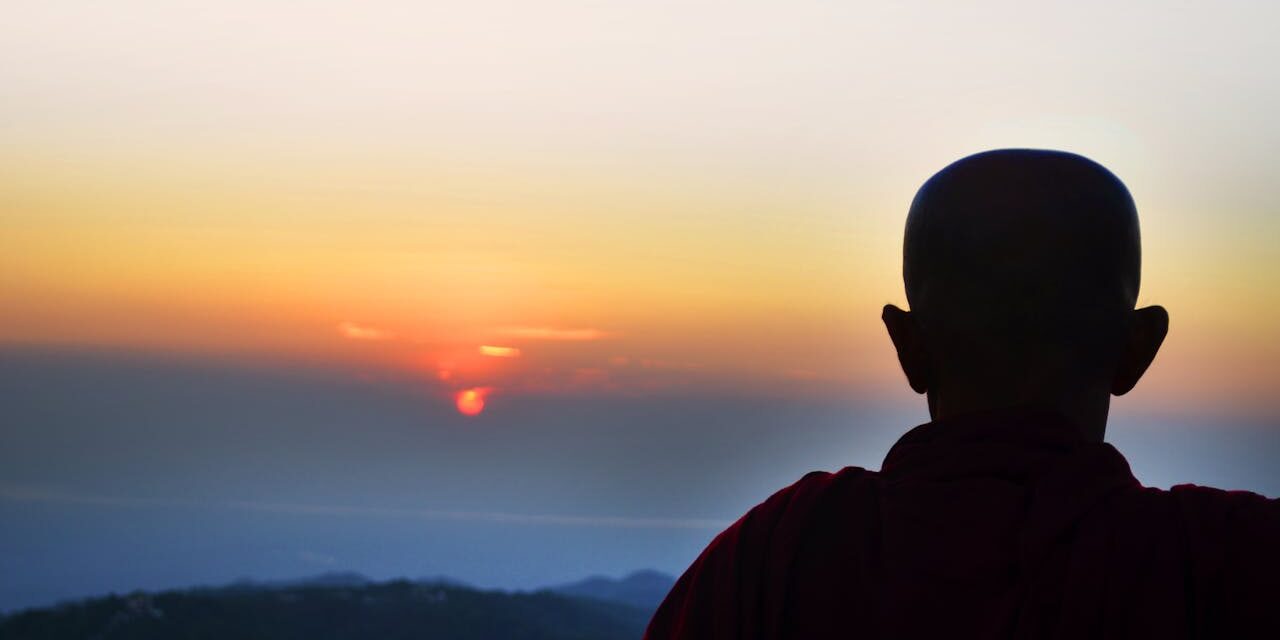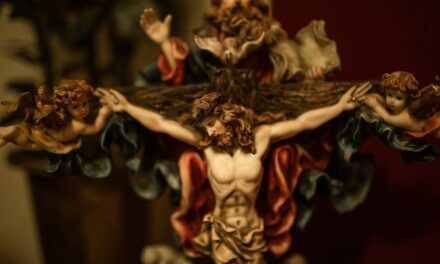In the mountain ranges of Japan, there is a tradition dating back over 1,000 years of monks who sought to achieve the highest state of enlightenment, or Buddhahood, in their own lifetimes. This practice, known as Sokushinbutsu, involved extreme physical and mental discipline and a willingness to embrace suffering.
Table of Contents
What is Sokushinbutsu?
Sokushinbutsu, which translates to “self-mummified monk,” was a tradition practiced primarily by monks of the Shingon sect of Buddhism in Japan. These monks believed that through their rigorous physical and mental training, they could achieve a state of enlightenment that would allow them to transcend death and attain Buddhahood in their lifetimes.
To achieve this goal, the monks underwent a process of self-mummification that involved abstaining from all food and water and subsisted instead on a diet of nuts and seeds. They also engaged in extreme physical asceticism, such as sleeping on a bed of nails and depriving themselves of heat in the winter.
This process could take years and was considered a form of spiritual purification.
Once the monk had achieved a suitable level of physical and spiritual purity, he would be sealed inside a stone tomb, where he would meditate until death.
The tomb was designed in such a way that it allowed for air circulation but not for escaping the monk’s bodily fluids. This helped to preserve the monk’s body and create the conditions for self-mummification.
How Did These Monks Achieve Sokushinbutsu?
The process of Sokushinbutsu required a high level of discipline and commitment.
In addition to the physical asceticism and dietary restrictions described above, the monks also engaged in intense meditation and prayer to achieve spiritual purity.
The monks who successfully achieved Sokushinbutsu were considered to have reached the highest level of enlightenment and were revered as living Buddhas. They were seen as having achieved the ultimate goal of Buddhism: to escape the cycle of death and rebirth and achieve an elevated state of eternal peace and enlightenment.
Controversy Surrounding Sokushinbutsu
Despite the revered status of the monks who achieved Sokushinbutsu, the practice has been controversial and criticized.
Some have questioned the ethics of the self-mummification process, arguing that it amounts to suicide. Others have pointed out that the practice may have been motivated more by the desire for fame and glory than a genuine pursuit of enlightenment.
In addition, there have been cases of fraud associated with Sokushinbutsu, with some monks being discovered to have faked their own mummification.
This has further fueled skepticism about the authenticity of the practice.
The Era of Sokushinbutsu Closes
Sokushinbutsu is a fascinating and little-known aspect of Japanese religious history and is now considered illegal.
While the practice has been the subject of controversy and debate, there is no denying the dedication and discipline of the monks who sought to achieve Buddhahood in their own lifetimes through this unique and extreme form of spiritual practice.
Is Sokushinbutsu illegal?
Yes, practicing Sokushinbutsu is now considered illegal in Japan.
The practice has not been widely practiced for many centuries and is not a part of mainstream Buddhism in Japan or elsewhere. The last known case of a monk attempting to achieve Sokushinbutsu is thought to have occurred in the 19th century.
The process of Sokushinbutsu involves extreme physical and mental discipline, and some have questioned the ethics of the practice. Some have argued that the self-mummification process amounts to suicide, while others have pointed out that the practice may have been motivated more by the desire for fame and glory than a genuine pursuit of enlightenment.





